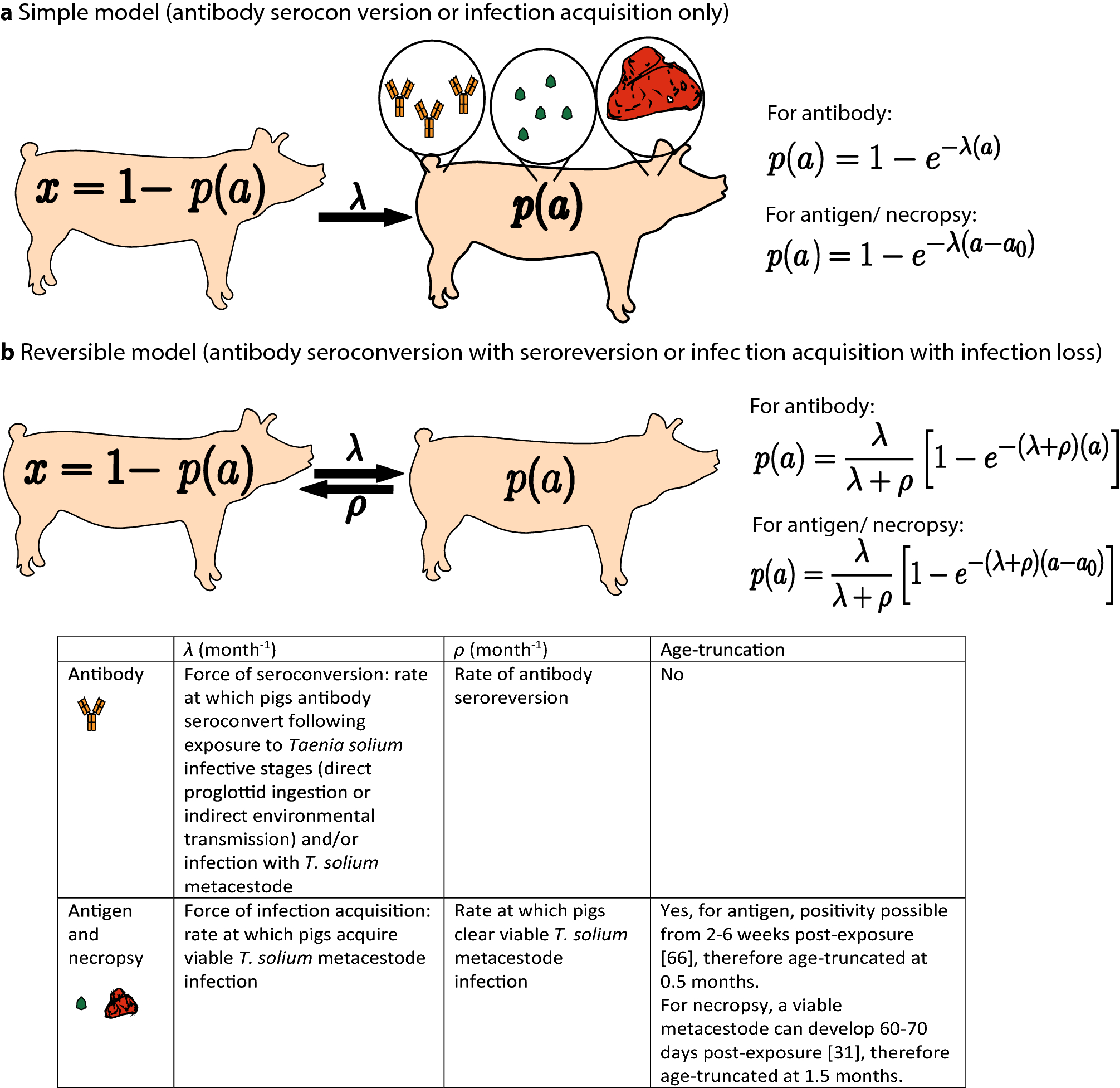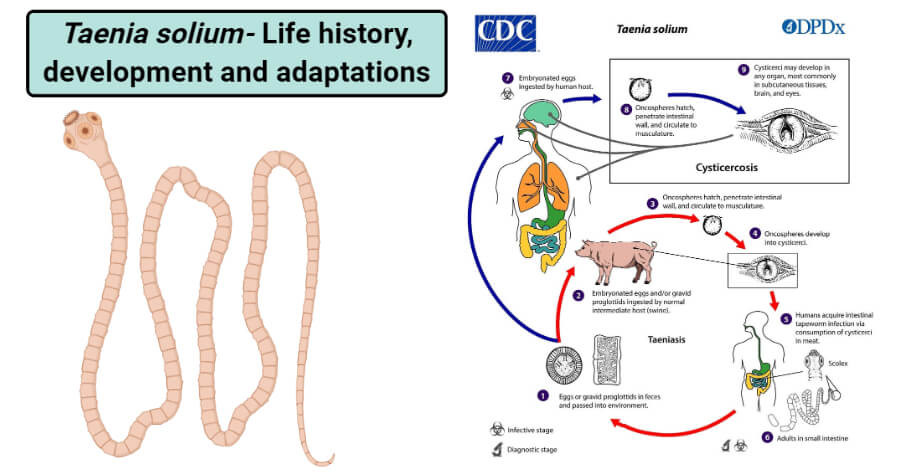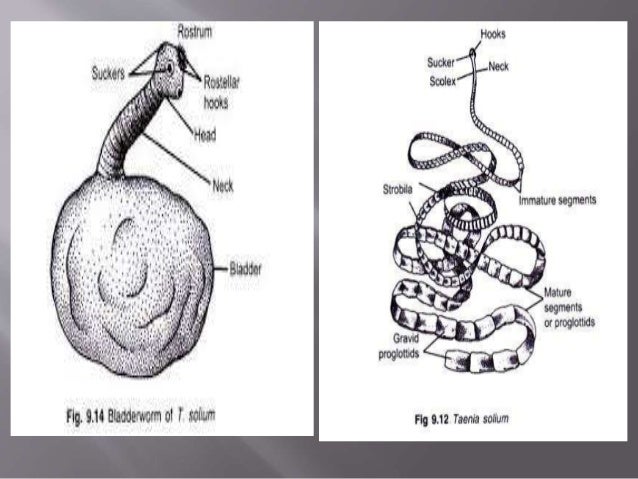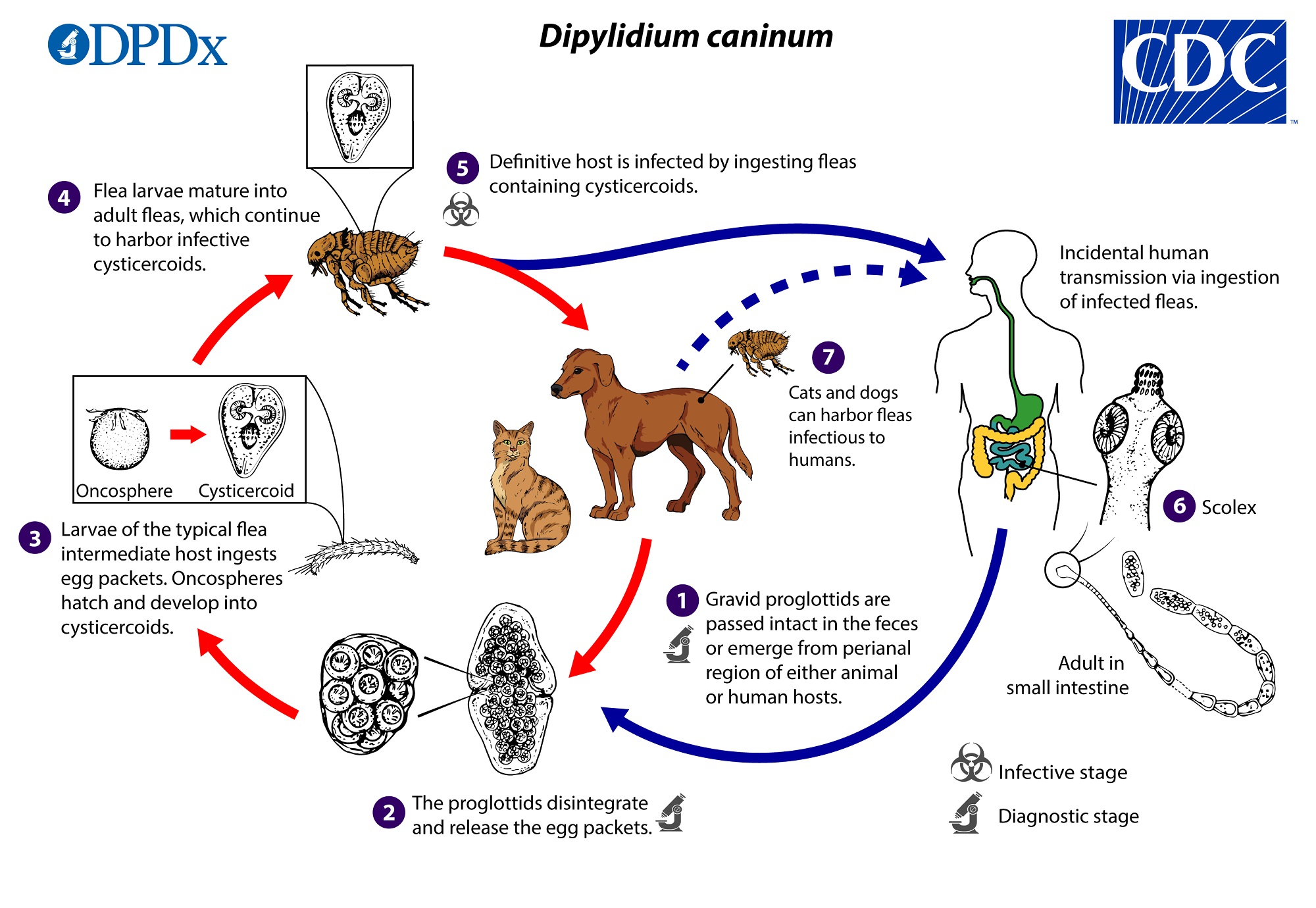10++ Which of the following stage of larva is absent in taenia solium information
Home » money laundering Info » 10++ Which of the following stage of larva is absent in taenia solium informationYour Which of the following stage of larva is absent in taenia solium images are ready in this website. Which of the following stage of larva is absent in taenia solium are a topic that is being searched for and liked by netizens now. You can Get the Which of the following stage of larva is absent in taenia solium files here. Get all royalty-free images.
If you’re looking for which of the following stage of larva is absent in taenia solium images information connected with to the which of the following stage of larva is absent in taenia solium topic, you have pay a visit to the right blog. Our site frequently gives you suggestions for viewing the highest quality video and image content, please kindly hunt and locate more informative video content and images that match your interests.
Which Of The Following Stage Of Larva Is Absent In Taenia Solium. The larva has an outer and inner layer and in between these layers the first signs of organ system differentiation is seen. The study concluded that the test is more reliable in ruling out T. Taenia solium commonly known as the pork tapeworm or the armed tapeworm. Solium which develops after ingestion of ova excreted in human feces.
 Tapeworm Introduction Morphology Life Cycle Mode Of Infection Patho From universe84a.com
Tapeworm Introduction Morphology Life Cycle Mode Of Infection Patho From universe84a.com
Cysticercosis is infection with larvae of T. It is a flat-ribbon like tape worms that causes intestinal taeniasis. The genus Taenia has 20 species and Taenia solium is often confused with Taenia saginata the beef tapeworm. This infection occurs after a person swallows tapeworm eggs. The larval stage occurs in the tissues of the secondary host which is usually pig but sometimes other animals also. The larval stage is a critical period in fish aquaculture.
914 These bore through the intestinal wall the help of hooks and enter the blood stream or lymph vessels.
Nodules found in subcutaneous tissue. 13Oncosphere is the infective stage to pig LIFECYCLE OF TAENIA IN PIG. The larva has an outer and inner layer and in between these layers the first signs of organ system differentiation is seen. Solium cystercosis versus confirmation. It is completed in two hosts. This method requires specific facilities equipment and.
 Source: researchgate.net
Source: researchgate.net
Wriggler is the larva. This infection occurs after a person swallows tapeworm eggs. Rhabditiform is the first larval stage in Ascaris which is formed within 10-14 days. In racemose larvae plk1 -expressing cells were present in the bladder wall in all samples of the racemose larvae Fig 3A and noticeably absent in the bladder wall in all samples of the vesicular form Fig 3B. The life-history of Taenia solium is complicated and digenetic.
 Source: researchgate.net
Source: researchgate.net
Solium which develops after ingestion of ova excreted in human feces. Solium is long whitish dorsoventrally flattened and ribbon-like worm that can reach a length of 2-3 meters. Solium vesicular larvae obtained from infected pigs and racemose larvae obtained from subarachnoid NCC patients and T. In the cysticercus form the scolex is discernible but is invaginated at this stage. The study concluded that the test is more reliable in ruling out T.
 Source: nature.com
Source: nature.com
The larval stage occurs in the tissues of the secondary host which is usually pig but sometimes other animals also. During this period larvae undergo profound transformations that are particularly evident in soles due to the eye migration and the transformation from pelagic to benthic fish Fig. Rhabditiform is the first larval stage in Ascaris which is formed within 10-14 days. An oncosphere develops into a cysticercus which is a bladder metacestode from that parasitizes tissues of the intermediate host mainly pigs and humans. Cysticercus cellulosae larvae are usually found in skeletal muscle and subcutaneous tissues.
 Source: universe84a.com
Source: universe84a.com
Wriggler is the larva. Oncosphere or hexacanth is the larval stage of the Taenia solium tapeworm which migrates from the intestine to internal tissues or organs within the intermediate host. The larvae get into tissues such as muscle and brain and form cysts there these are called cysticerci. Cysticerus or hydatid larva or bladderworm stage. It is completed in two hosts.
 Source: pinterest.com
Source: pinterest.com
A 2020 study in Ag-ELISA test on Taenia solium cystercicosis in infected pigs and showed 827 sensitivity and 863 specificity. 13Oncosphere is the infective stage to pig LIFECYCLE OF TAENIA IN PIG. Cysticercus cellulosae larvae are usually found in skeletal muscle and subcutaneous tissues. Adult worms are rarely pathogenic but the encysted larval stage cysticercus cellulosae of the worm caused a serious disease in human called Cysticercosis. Solium which develops after ingestion of ova excreted in human feces.
 Source: pinterest.com
Source: pinterest.com
Adult worms may cause mild gastrointestinal symptoms or passage of a motile segment in the stool. Oncosphere or hexacanth is the larval stage of the Taenia solium tapeworm which migrates from the intestine to internal tissues or organs within the intermediate host. 1When pig consumes the faeces containing gravidproglatids oncospheres in gravid proglatids enter into the stomach of pig 2The outer and inner embryonic membranes are dissolved in the intestine and hexacanth larvae are released. The larval stage occurs in the tissues of the secondary host which is usually pig but sometimes other animals also. It is completed in two hosts.
 Source: sciencedirect.com
Source: sciencedirect.com
In seabream metamorphosis occurs approximately toward 45 dph whereas in sole it occurs earlier at 12 dph. Cysticercus is the third larval stage seen in Taenia besides oncosphere hexacanth other two larval stages. The genus Taenia has 20 species and Taenia solium is often confused with Taenia saginata the beef tapeworm. Rhabditiform is the first larval stage in Ascaris which is formed within 10-14 days. Solium cystercosis versus confirmation.
 Source: thebiologynotes.com
Source: thebiologynotes.com
The characteritics larva of Phylum- Coelenterata is Planula Obelia and Ephyra Aurelia. The larva has an outer and inner layer and in between these layers the first signs of organ system differentiation is seen. Taenia solium infection taeniasis is an intestinal infection with adult tapeworms that follows ingestion of contaminated pork. This method requires specific facilities equipment and. Oncosphere or hexacanth is the larval stage of the Taenia solium tapeworm which migrates from the intestine to internal tissues or organs within the intermediate host.
 Source: slideshare.net
Source: slideshare.net
An oncosphere develops into a cysticercus which is a bladder metacestode from that parasitizes tissues of the intermediate host mainly pigs and humans. There may be serious effects due to presence of the larvae in vital organs like brain eye etc. Wriggler is the larva. At the egg stage these two species are indistinguishable and the differentiation between the two species occur at the adult stage. In racemose larvae plk1 -expressing cells were present in the bladder wall in all samples of the racemose larvae Fig 3A and noticeably absent in the bladder wall in all samples of the vesicular form Fig 3B.
 Source: cdc.gov
Source: cdc.gov
The larva has an outer and inner layer and in between these layers the first signs of organ system differentiation is seen. Body is divided into hundreds of segments called proglottids. Solium cystercosis versus confirmation. 1When pig consumes the faeces containing gravidproglatids oncospheres in gravid proglatids enter into the stomach of pig 2The outer and inner embryonic membranes are dissolved in the intestine and hexacanth larvae are released. Oncosphere or hexacanth is the larval stage of the Taenia solium tapeworm which migrates from the intestine to internal tissues or organs within the intermediate host.
 Source: researchgate.net
Source: researchgate.net
In seabream metamorphosis occurs approximately toward 45 dph whereas in sole it occurs earlier at 12 dph. In racemose larvae plk1 -expressing cells were present in the bladder wall in all samples of the racemose larvae Fig 3A and noticeably absent in the bladder wall in all samples of the vesicular form Fig 3B. Nodules found in subcutaneous tissue. The cysticercus may be calcified. Solium cystercosis versus confirmation.
 Source: pinterest.com
Source: pinterest.com
Cysticerus or hydatid larva or bladderworm stage. There may be serious effects due to presence of the larvae in vital organs like brain eye etc. There is no free larval stage. 13Oncosphere is the infective stage to pig LIFECYCLE OF TAENIA IN PIG. It is completed in two hosts.
 Source: in.pinterest.com
Source: in.pinterest.com
13Oncosphere is the infective stage to pig LIFECYCLE OF TAENIA IN PIG. It is a flat-ribbon like tape worms that causes intestinal taeniasis. The larval stage occurs in the tissues of the secondary host which is usually pig but sometimes other animals also. There is no free larval stage. In the cysticercus form the scolex is discernible but is invaginated at this stage.
This site is an open community for users to do sharing their favorite wallpapers on the internet, all images or pictures in this website are for personal wallpaper use only, it is stricly prohibited to use this wallpaper for commercial purposes, if you are the author and find this image is shared without your permission, please kindly raise a DMCA report to Us.
If you find this site adventageous, please support us by sharing this posts to your preference social media accounts like Facebook, Instagram and so on or you can also bookmark this blog page with the title which of the following stage of larva is absent in taenia solium by using Ctrl + D for devices a laptop with a Windows operating system or Command + D for laptops with an Apple operating system. If you use a smartphone, you can also use the drawer menu of the browser you are using. Whether it’s a Windows, Mac, iOS or Android operating system, you will still be able to bookmark this website.